Expansion of Global Trade
The ISO Shipping Container Market is significantly influenced by the expansion of global trade. As economies become increasingly interconnected, the volume of goods transported across borders continues to rise. Recent statistics indicate that global merchandise trade has increased by over 4% annually, creating a heightened need for efficient shipping solutions. ISO shipping containers play a crucial role in this process, providing a standardized method for transporting goods internationally. The growth in trade agreements and partnerships further supports this trend, as countries seek to enhance their economic ties. Consequently, the ISO Shipping Container Market is poised to capitalize on the expanding trade landscape, as businesses require more containers to meet the demands of international shipping.
Increased Focus on Sustainability
The ISO Shipping Container Market is witnessing a heightened focus on sustainability, driven by both regulatory pressures and consumer preferences. Companies are increasingly seeking eco-friendly shipping solutions to minimize their environmental impact. The use of ISO shipping containers, which can be reused and repurposed, aligns with these sustainability goals. Recent studies suggest that adopting sustainable practices in logistics can lead to cost savings of up to 20%. As businesses strive to meet sustainability targets, the demand for ISO shipping containers that adhere to environmental standards is likely to grow. This trend not only benefits the environment but also enhances the reputation of companies committed to sustainable practices, thereby influencing their market position.
Growth of E-commerce and Last-Mile Delivery
The ISO Shipping Container Market is significantly impacted by the growth of e-commerce and the increasing demand for last-mile delivery solutions. As online shopping continues to gain traction, the need for efficient logistics and shipping methods becomes paramount. Recent data indicates that e-commerce sales have surged by over 15% annually, necessitating a robust infrastructure for shipping goods. ISO shipping containers provide a versatile solution for transporting products from distribution centers to consumers. This trend is likely to drive the demand for ISO shipping containers, as businesses seek to enhance their delivery capabilities and meet customer expectations for fast and reliable service. The ISO Shipping Container Market is thus well-positioned to benefit from the ongoing e-commerce boom.
Rising Demand for Intermodal Transportation
The ISO Shipping Container Market experiences a notable surge in demand for intermodal transportation solutions. This trend is driven by the increasing need for efficient logistics and supply chain management. As businesses seek to optimize their operations, the use of ISO shipping containers facilitates seamless transitions between different modes of transport, such as rail, road, and sea. According to recent data, intermodal freight transport has grown by approximately 5% annually, indicating a robust market for ISO shipping containers. This growth is likely to continue as companies prioritize cost-effective and environmentally friendly transportation methods. The ISO Shipping Container Market is thus positioned to benefit from this rising demand, as more companies adopt intermodal strategies to enhance their supply chain efficiency.
Technological Advancements in Container Design
Technological advancements in container design are reshaping the ISO Shipping Container Market. Innovations such as smart containers equipped with IoT technology enable real-time tracking and monitoring of cargo conditions. This development enhances supply chain transparency and efficiency, appealing to businesses that prioritize operational excellence. Furthermore, the introduction of lightweight materials and modular designs has the potential to reduce shipping costs and improve fuel efficiency. As companies increasingly adopt these technologies, the demand for advanced ISO shipping containers is likely to rise. The market is expected to witness a shift towards more sophisticated container solutions, reflecting the evolving needs of the logistics sector and the growing emphasis on sustainability.
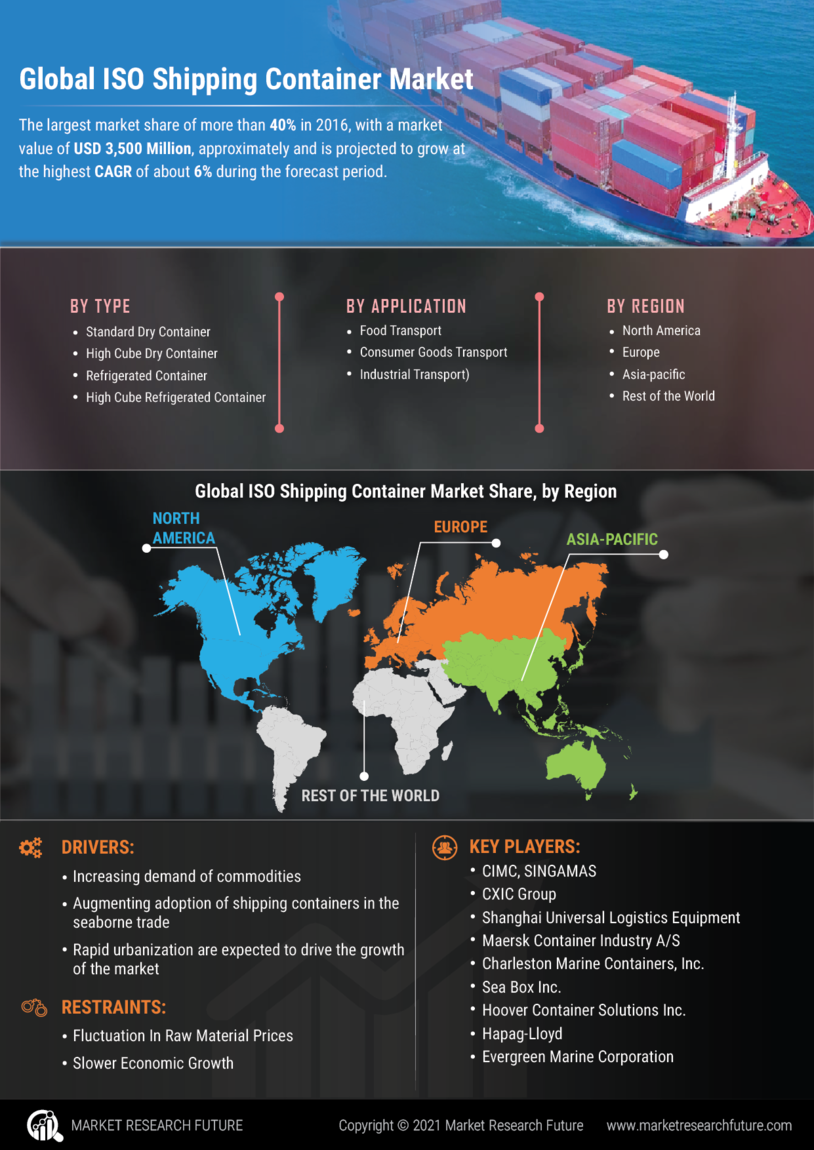

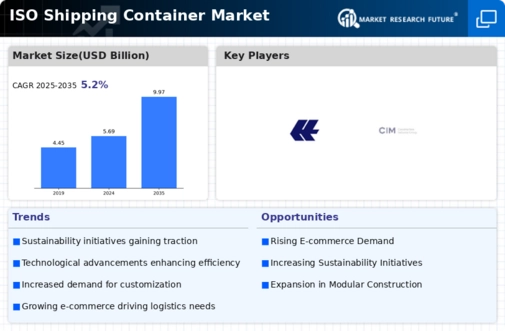
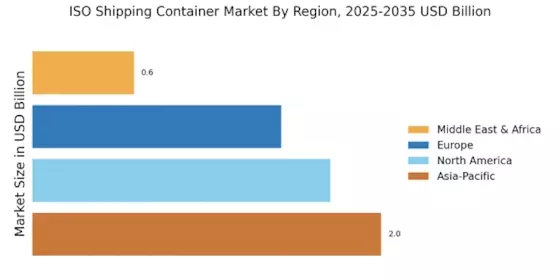
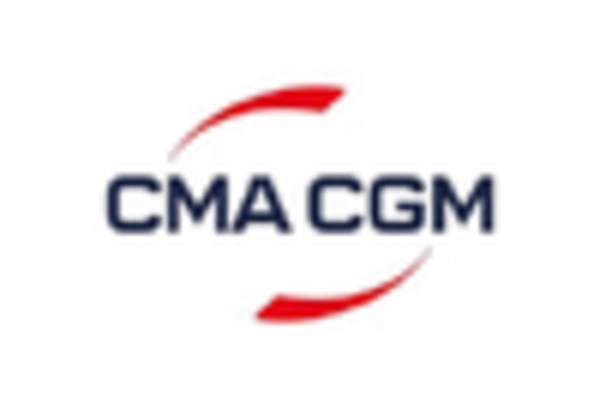
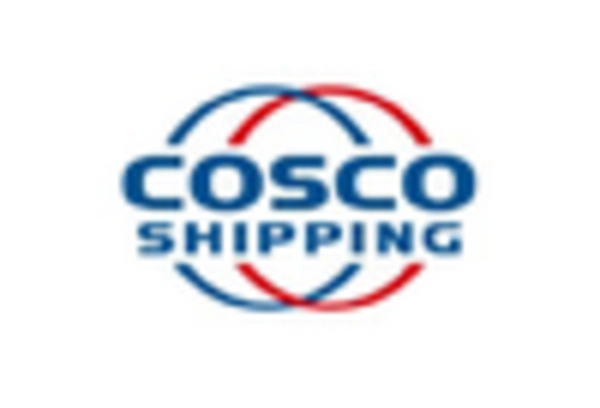

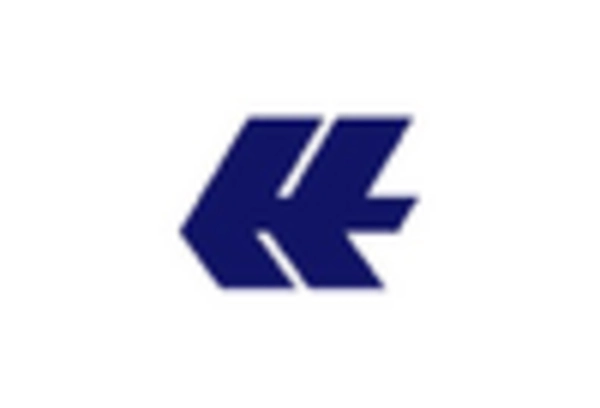
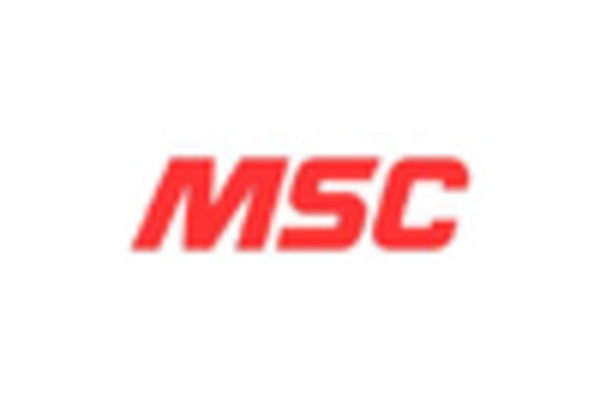









Leave a Comment